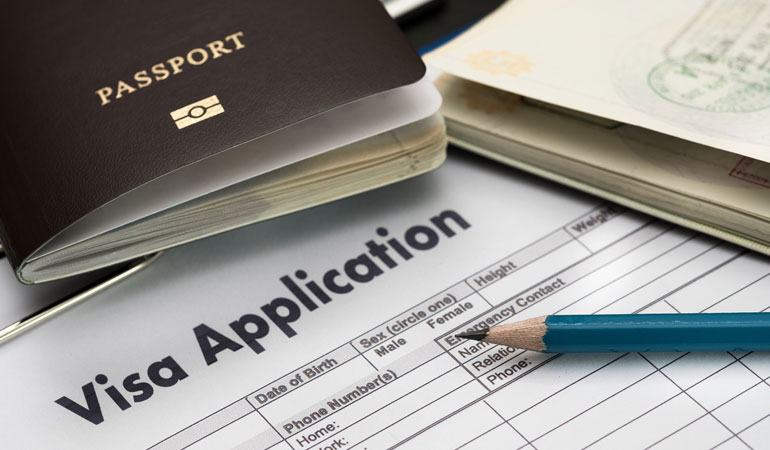Updates:We are taking Online Consultation >> Read More
- Level 12 / 86 Collins Street, Hobart
- info@intactmigration.com.au
- Mon - Fri: 8:30 AM - 5:00 PM

2 Major Mistakes Applicants Make When Applying for an Australian Visa
Australia has always been a popular destination for students, professionals, and tourists from all over the world. Its quality of life, educational opportunities, and diverse culture make it an appealing choice. However, applying for an Australian visa can be a complex and sometimes overwhelming process. Many applicants, whether for a student visa, tourist visa, or work visa, often make mistakes that could delay their application or even result in rejection. In this post, we will highlight two major mistakes applicants often make when applying for an Australian visa, and how you can avoid them.
1. Submitting Incomplete or Incorrect Documentation
One of the most common mistakes applicants make when applying for an Australian visa is submitting incomplete or incorrect documentation. The Australian Department of Home Affairs is very specific about the documents that need to be provided based on the type of visa you are applying for. Failure to provide all necessary documents can lead to delays, further requests for information, or a visa refusal.
What You Can Do:
-
Double-check the documentation requirements: Before you submit your application, carefully read the requirements listed on the official website or consult with a migration agent. Make sure that all the necessary documents, such as passport copies, educational certificates, employment records, financial statements, and health insurance documentation, are included.
-
Ensure accuracy: The accuracy of your information is crucial. For example, if you are applying for a student visa, your academic documents must match the information provided on your application. Ensure that all translations are certified if your documents are not in English.
-
Seek professional help: If you are unsure about the documents or the process, it’s always a good idea to consult a migration agent or visa expert who can guide you through the application. This can reduce the chances of missing vital documents or making mistakes on your application.
2. Not Providing Sufficient Evidence of Financial Stability
Another critical mistake that many applicants make is failing to demonstrate sufficient evidence of financial stability to support themselves while in Australia. Whether you’re applying for a student visa, work visa, or tourist visa, the Department of Home Affairs needs to be confident that you can financially support yourself during your stay in Australia. This includes proving that you have enough funds to cover tuition fees (for students), accommodation, living expenses, and travel costs.
What You Can Do:
-
Provide clear financial evidence: You will need to show your bank statements, proof of scholarships (if applicable), or other financial documents like affidavits of support from family members. Make sure the financial evidence is clear, legitimate, and demonstrates that you can meet the visa’s financial requirements.
-
Follow specific guidelines: Different visa categories have different financial requirements. For example, students need to show that they have enough funds to cover at least 12 months of living expenses, while tourists will need to show sufficient funds for the duration of their stay. Be sure to follow the guidelines closely.
-
Be aware of visa-specific requirements: For work visas or skilled migration, the financial stability requirement might include showing evidence of your income, job stability, and your employer’s ability to sponsor your stay in Australia. Make sure to address this aspect thoroughly in your application.
Conclusion
Applying for an Australian visa doesn’t have to be an overwhelming experience if you take the time to understand the process and avoid common mistakes. By submitting complete and accurate documentation and providing sufficient evidence of your financial stability, you can increase your chances of a smooth visa application process. If you ever feel uncertain about the process, don’t hesitate to seek professional advice to ensure that your application is in the best shape possible. Avoid these two major mistakes, and your journey to Australia will be that much closer.
About Author
Intact Migration
Search
Categories
Subscribe Us
Subscribe us & get
latest news & articles to inbox.


Post a Comment